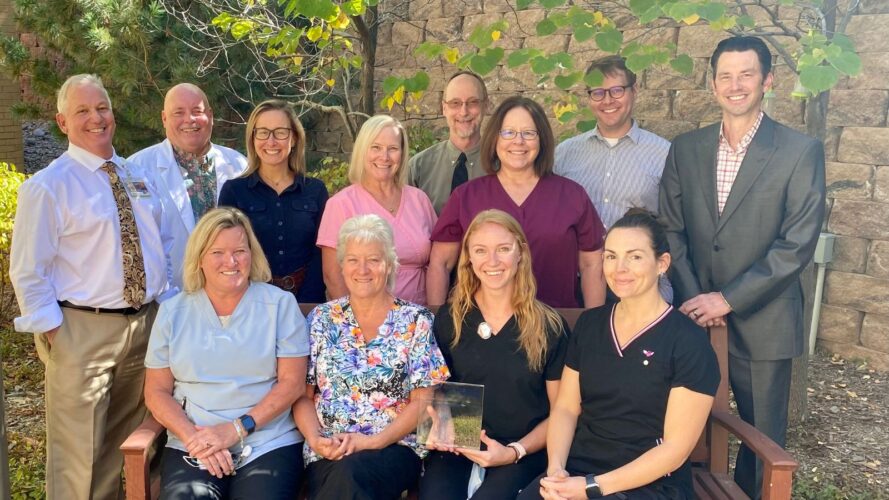Five years on: Lutheran Cancer Center reflects on their tattoo and mark-free journey using AlignRT

Since adopting AlignRT technology five years ago, the Lutheran Cancer Center has seen remarkable success in its radiation therapy treatments and patient outcomes.
“We have been using AlignRT for about five years and a year ago started using it on almost all of our patients,” said Jake Hoberg, Medical Physicist at Lutheran Cancer Center. Right from the start, the team committed to using AlignRT for complex cases. “We wanted a system to monitor patient motion during treatment, especially for breath-hold and stereotactic delivery. With our installation of a Truebeam Edge we found ourselves relying on Vision RT during these special cases and wanted to expand its use”.
Prior to Vision RT inventing Surface Guided Radiation Therapy (SGRT), drawing marks or permanently tattooing patients were the only options clinics had to set-up patients to ensure their treatment were delivered to the precise location needed. Using AlignRT, Lutheran Cancer Center was able to join a growing number of clinics worldwide able offering an alternative solution. “It’s gone a long way in increasing the speed and consistency of our patient setup. Our therapists are more confident in patient positioning and we have eliminated tattooing our patients”, said Lauren Wadella, Lead Therapist at Lutheran Cancer Center. AlignRT SGRT technology can eliminate the need for tattoos or additional radiation and has been shown in several studies to be at least as accurate as either marks or tattoos for positioning patients prior to treatment[1][2][3].
As the medical physicists in Lutheran observed AlignRT’s effectiveness and accuracy, they moved to increase its use. “The ability to monitor patient positioning has allowed us to confidently increase the use of DIBH as well as increased our confidence for SRS treatments at non-zero couch positions,” said Hoberg.
For the staff at Lutheran Cancer Center this tattoo and mark-free technology has also been a great benefit to patients. “Patients are relieved to hear that we don’t use tattoos. There is often an anxiety over tattoos that sometimes outweighs the anxiety over treatment,” Hoberg explained. “Our therapists like the ability to monitor mid-treatment and feel that using AlignRT for patient setup reduces the amount of follow-up imaging”.
[1] Herron E, et al. Surface guided radiation therapy as a replacement for patient marks in treatment of breast cancer. International Journal of Radiation Oncology |Biology, Physics 2018;102:e492-e493.
[2] Shah AP, et al. Clinical evaluation of interfractional variations for whole breast radiotherapy using 3-dimensional surface imaging. Pract Radiat Oncol 2013;3 (1):16-25.
[3] Sueyoshi, et al. Eliminating Daily Shifts, Tattoos, and Skin Marks: Streamlining Isocenter Localization With Treatment Plan Embedded Couch Values for External Beam Radiation Therapy PRO